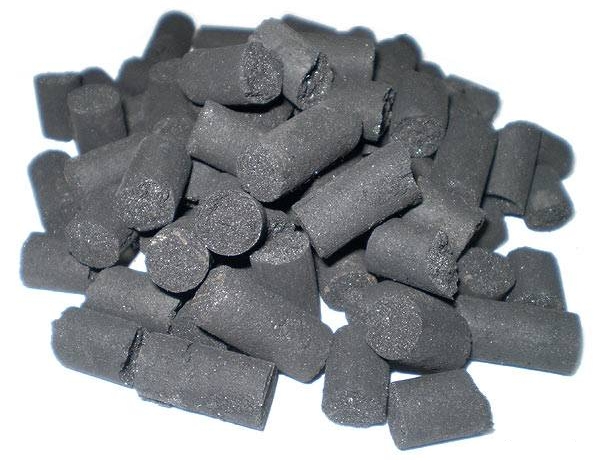How to Make Briquettes A Step-by-Step Guide

Making briquettes is a sustainable way to recycle organic waste into a valuable source of fuel. One of the most popular types is the coconut shell charcoal briquette, known for its high energy output and eco-friendly properties. In this guide, you’ll learn how to make briquettes from various biomass materials in a simple, effective process.
Why Make Briquettes?
Briquettes are compact blocks made from organic materials like sawdust, rice husks, or coconut shells. They are used as an alternative to traditional fuels such as wood or coal. Compared to these, briquettes produce less smoke, have a higher calorific value, and contribute less to deforestation. This makes them ideal for cooking, heating, or even industrial applications.
Materials You Need
Before you start the process, gather the necessary materials:
-
Biomass materials (e.g., coconut shells, sawdust, rice husks)
-
A binder (such as cassava starch or cornstarch)
-
Water
-
A briquette mold or machine
-
Protective gear (gloves, mask)
Choosing the Right Raw Materials
Coconut Shells
Coconut shells are a top choice due to their hardness and high carbon content. They are especially useful in tropical countries where coconuts are abundant.
Sawdust and Rice Husks
These are also commonly used, especially in areas where wood processing or rice farming is widespread. Mixing different materials can improve the quality of your briquettes.
How to Make Briquettes at Home
Step 1: Carbonization
Carbonization is the process of turning raw biomass into charcoal. Place your materials in a drum or kiln and heat them with limited oxygen. This step is crucial to turn coconut shells into coconut shell charcoal briquette material.
Step 2: Crushing and Grinding
Once carbonized, crush the charcoal into fine powder using a grinder. The finer the powder, the stronger and more efficient the briquette will be.
Step 3: Mixing with Binder
Mix the charcoal powder with a binder like cassava starch and add a small amount of water. The mixture should be moist but not sticky.
Step 4: Molding the Briquettes
Use a manual press or briquette machine to shape the mixture into uniform blocks. You can create pillow-shaped, hexagonal, or cylindrical briquettes depending on the mold.
Step 5: Drying
Let the briquettes dry under the sun for 2–3 days or use a drying machine if available. Proper drying ensures better combustion and a longer shelf life.
Conclusion
Learning how to make briquettes is not only useful for personal use but also opens opportunities for small businesses. With the right materials like coconut shell charcoal briquette, and simple tools, you can produce eco-friendly fuel that supports sustainability and energy independence. Whether you use it at home or sell it in local markets, making briquettes is a valuable skill with long-term benefits.
